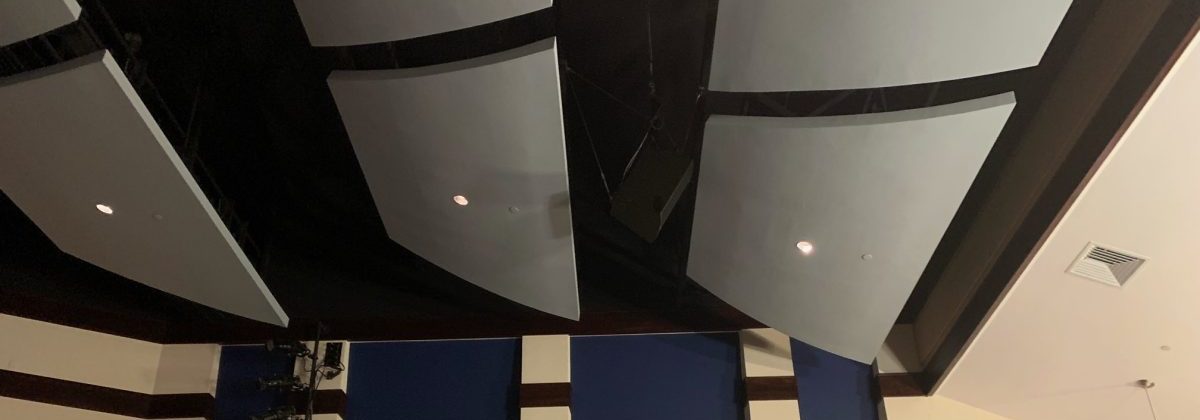The Pohakuloa Training Area (PTA), situated on the Big Island of Hawaii, is a significant U.S. military installation renowned for its extensive facilities and unique environmental attributes. Spanning a vast plateau between the lower slopes of Mauna Kea and Mauna Loa, PTA is perched at elevations ranging from approximately 6,800 feet to about 9,000 feet. Its strategic location midway between Hilo on the east coast and Kawaihae Harbor on the west facilitates both U.S. Army and Marine Corps operations. Access to the area is primarily through Saddle Road (Hawaii Route 200), highlighting the base’s remote nature which lends itself mainly to short training sessions.
Constructed initially in April 1955, the barracks at PTA could house about 2,000 troops, utilizing prefabricated buildings from World War II. Over the years, the installation has expanded, including a significant 24,000-acre purchase from Parker Ranch in 2006 for an area known as Keʻāmuku. This addition led to the realignment of Saddle Road to bypass the Ke‘āmuku area. PTA now boasts a 51,000-acre impact area for bombing and gunnery practice, refurbished in 2009 to accommodate helicopter training. The terrain offers approximately 32,000 acres suitable for large maneuvers, doubling the available area on Oʻahu and allowing the use of a wide range of weaponry due to its remoteness.
Bradshaw Army Airfield, part of PTA, was built between 1955 and 1956 and is suited for small aircraft due to its short runway. This airfield underscores the logistical challenges posed by the area’s frequent fog, which can limit helicopter operations.
Environmental stewardship is a critical aspect of PTA’s operation. Despite its primary military function, the area harbors a diverse range of flora and fauna, including ten endangered species, making it a habitat with a significant concentration of endangered species relative to other U.S. Army installations. Efforts to mitigate environmental impacts have included fencing to reduce fire dangers and damage from feral goats and initiatives to manage and protect the land and its inhabitants.
Visitors and contractors working at or visiting Pohakuloa Training Center must check in at the security office at the main gate on mile marker 36 of Saddle Road. The area also opens periodically for hunting on non-active ranges, with specific protocols in place for hunters.
For detailed information about this project and further exploration of the details, ask about our involvement in Pohakuloa Training Area’s construction history, facilities, and environmental initiatives.






